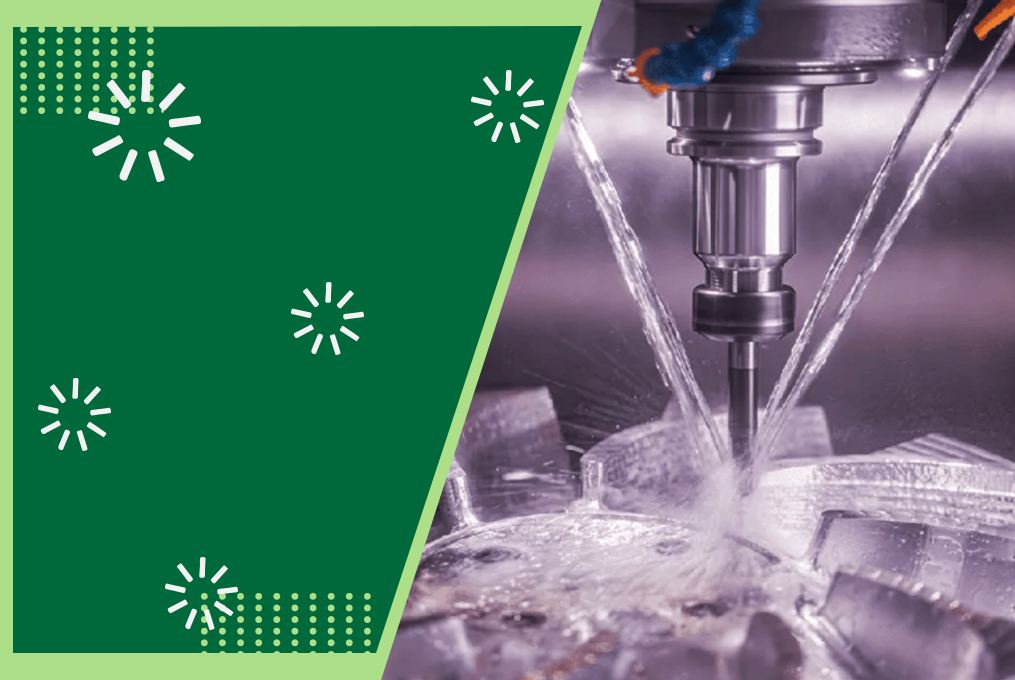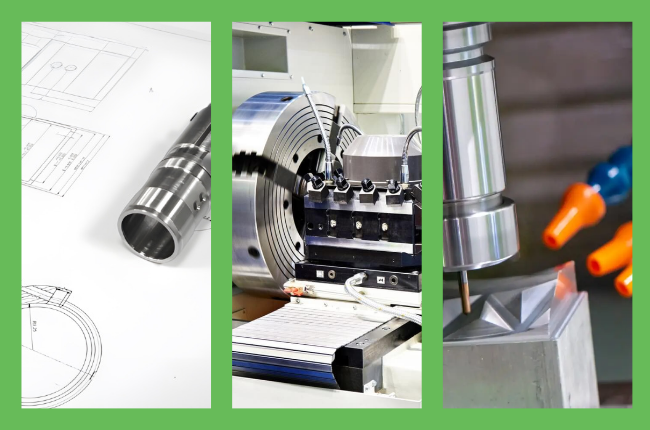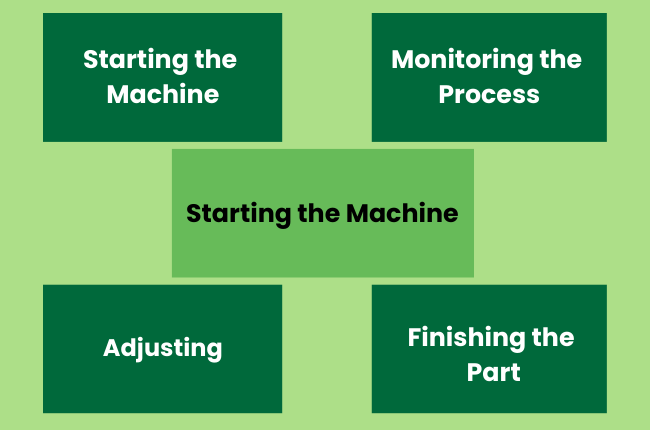A Comprehensive Guide to CNC Machining: From Programming to Execution

CNC machining stands for Computer Numerical Control machining. It is a manufacturing process that involves computers controlling machine tools. Here is a blog to understand CNC machining from programming to execution.
What is CNC Machining?
CNC machining is a process where computers control the movement and operation of machinery. This machinery can include lathes, mills, routers, and grinders. CNC machines are used to cut, shape, and finish raw materials into finished parts.
These parts are used in various industries such as automotive, aerospace, and electronics.
The Basics of CNC Programming

Programming is the first step in CNC machining. It involves creating a set of instructions that the CNC machine will follow. These instructions are written in a language called G-code.
Here are the basic steps to programming a CNC machine:
Designing the Part: The first step is to create a design of the part you want to make. This is usually done using CAD (Computer-Aided Design) software. CAD software helps you draw and design the part with precision.
Converting Design to G-code: Once the design is complete, it needs to be converted into G-code. CAM (Computer-Aided Manufacturing) software is used for this purpose. CAM software translates the CAD design into G-code, which the CNC machine can understand.
Loading the Program: After generating the G-code, it is loaded into the CNC machine's computer. This is usually done via a USB drive or a network connection.
Setting Up the CNC Machine
Before the CNC machine can start cutting the material, it needs to be set up properly. Here are the steps involved in setting up the CNC machine:
Select the material you will be working with. Common materials include metal, plastic, and wood.
The material must be securely fixed to the machine's worktable. This is done using clamps or vises to prevent the material from moving during the machining process.
Choose the appropriate cutting tools for the job. Different tools are used for different materials and types of cuts.
Calibrate the machine to ensure accuracy. This involves setting the zero points for the axes (X, Y, and Z). The zero points are the reference positions from which the machine will start cutting.
Executing the CNC Program

Once everything is set up, the CNC machine is ready to execute the program. Here’s how it happens:
Starting the Machine: Turn on the CNC machine and start the program. The machine will begin following the instructions in the G-code.
Monitoring the Process: Keep an eye on the machine as it works. Although CNC machines are automated, it’s important to monitor the process to ensure everything is running smoothly. This helps catch any errors or issues early.
Adjusting: Sometimes, adjustments may be needed during the machining process. This could involve changing the speed of the machine, replacing a worn-out tool, or tweaking the G-code.
Finishing the Part: Once the machine is complete, turn off the machine and remove the finished part. The part may need some final touches such as sanding or polishing to achieve the desired finish.
Advantages of CNC Machining
CNC machining offers several advantages over traditional manual machining:
Precision and Accuracy: CNC machines can produce parts with very high precision and accuracy. This is especially important for industries like aerospace and medical, where tight tolerances are required.
Efficiency: CNC machines can work continuously without needing breaks. This leads to higher production rates and efficiency.
Consistency: CNC machine ensures that each part is identical to the last one. This consistency is crucial for mass production.
Complexity: CNC machines can create complex shapes that would be difficult or impossible to achieve with manual machining.
Conclusion
CNC machining is a powerful technology that has revolutionized the manufacturing industry. From programming to execution, each step requires careful planning and precision.
Whether you are a hobbyist or a professional, CNC machining opens a world of possibilities for creating high-quality, precise parts.